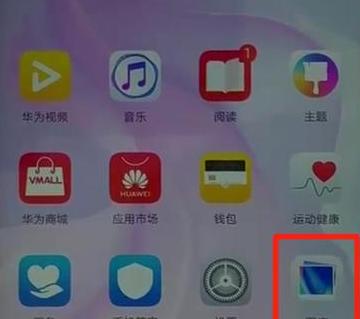笔记本电脑集成显卡和独显哪个好
在选购笔记本电脑时,集成显卡与独立显卡各有特点,适用性需根据个人需求来定。集成显卡虽然性能稍逊一筹,但因其共享系统内存而便于日常办公、网络浏览及高清视频观看。
相对的,独立显卡拥有独立的显存和GPU,擅长应对高负荷的3 D游戏、视频编辑和3 D建模等。
就功耗和电池寿命而言,集成显卡功率较低,通常可持续6 至1 2 小时,且设备更为轻便;独立显卡功率较高,续航约为4 至8 小时,且需要更有效的散热系统,可能会影响设备重量。
成本方面,集成显卡更为经济,适用于预算有限的用户;而独立显卡价格更高,通常搭载在中高端机型。
在升级性上,集成显卡通常与CPU集成,无法独立升级;部分独立显卡笔记本支持升级,但升级过程可能复杂。
对于日常办公、轻娱乐如低画质《英雄联盟》等需求,集成显卡是一个经济且续航优良的选择,具有高性价比、长电池寿命、轻便机身和低噪音等优势。
而对于大型3 D游戏、专业视频制作、3 D建模及深度学习等图形密集型任务,独立显卡则是不可或缺的,它提供了高帧率游戏体验、流畅处理复杂图形的能力,并支持光线追踪等高级功能。
此外,部分笔记本具备“集显+独显”切换功能,日常使用时启用集成显卡以节省电量,而在运行游戏或专业软件时切换至独立显卡释放性能,从而在便携性与性能之间找到平衡。
总体来看,普通用户集成显卡已足够且性价比高;游戏玩家和专业用户则更倾向于独立显卡;而对于追求平衡的用户,支持显卡切换的混合方案机型或许是个不错的选择。
笔记本独显和集显哪个好详解两者优缺点与适用场景
Okay, here's a rewritten version aiming for a slightly more casual yet professional tone, while keeping the core information intact:Alright, so when it comes to laptop graphics, you've got two main options: integrated and dedicated GPUs. Neither is outright better; it really boils down to what you need to do. Let's break down the pros and cons and where each type really shines:
Integrated Graphics (iGPU):
Wallet-Friendly: The h2 plus here is price. iGPUs generally don't cost much, making them a solid choice if you're watching the budget. Lower Power Consumption: Since they share resources with the CPU, iGPUs tend to be more energy-efficient. This is great for folks who need their laptop to last a long time on a single charge. Easy Compatibility: These graphics cards usually get along well with the motherboard, often meaning no extra installation hassle.
However, there are trade-offs:
Performance Isn't Top-Notch: iGPUs usually can't match the muscle of a dedicated card. If you're planning on heavy lifting like gaming or intense video editing, they might struggle. Memory Usage: iGPUs don't have their own memory; they borrow from your system RAM. This can sometimes slow things down overall, depending on how much memory you have.
Where iGPUs fit in: Perfect for everyday tasks like word processing, browsing the web, or light photo editing. If your needs are mostly on the simple side and you're conscious of costs, an iGPU laptop works fine.
Dedicated Graphics (dGPU):
Powerful Performance: This is where dGPUs truly excel. They come with their own dedicated memory, which means they don't hog system RAM and can handle demanding graphics tasks much better. Ideal for gaming, video editing, 3 D rendering, and other graphically intensive work. Upgradability: Many laptops allow you to swap out the dGPU if you want to future-proof your system or significantly boost performance down the line.
But, they do come with downsides:
Heftier Price Tag: dGPUs typically cost more, adding to the overall price of the laptop. Battery Drain: Because they're more powerful, dGPUs usually consume more power, which can negatively impact battery life.
Where dGPUs are king: A dedicated GPU is the way to go if you're a serious gamer, a video editor, or do any work that requires serious graphical muscle, and you've got the budget to support it.
In a nutshell: If you're mostly doing basic stuff and want to save money, an iGPU laptop is probably sufficient. If high-end graphics performance is a must and you can afford it, a dGPU laptop is the better pick. For some users, the best of both worlds might be a laptop that can switch between a dGPU and an iGPU depending on the task, balancing power needs with battery life effectively.




